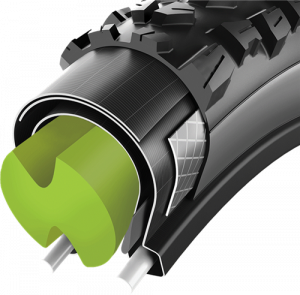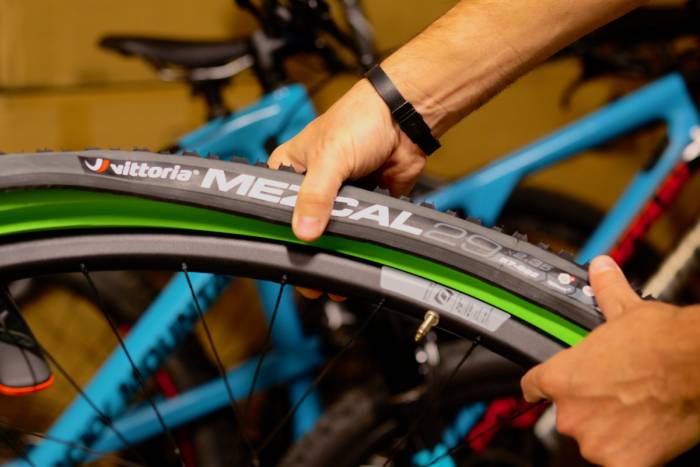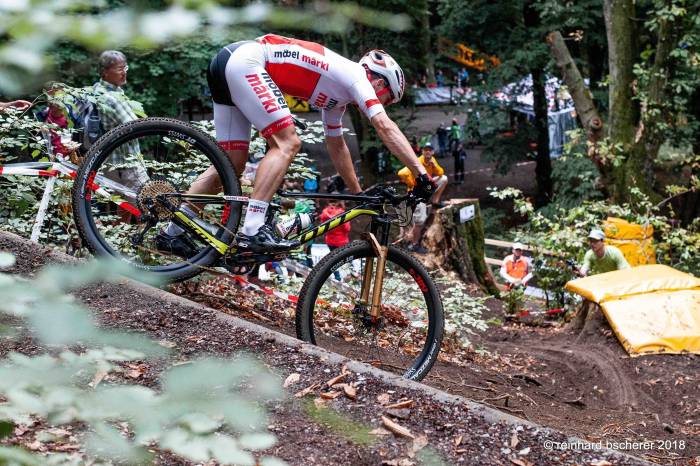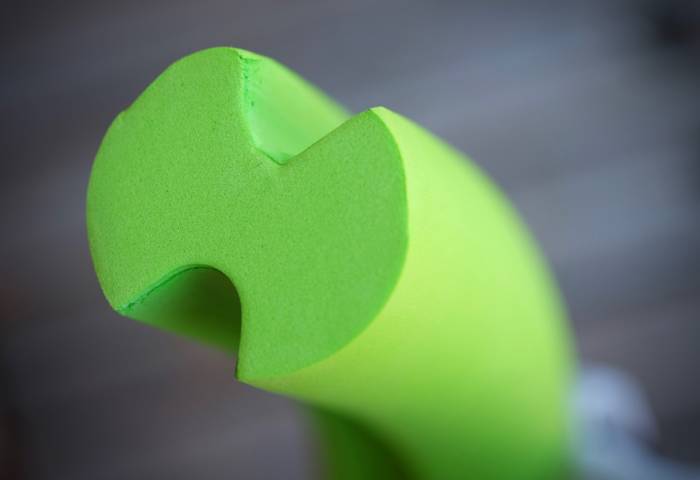As riders push mountain bikes harder and faster, it’s becoming increasingly difficult to keep air in the tires. Vittoria’s Air-Liner foam inserts reduce the risk of flats and wheel damage while pushing the performance envelope.
Tubeless tires are among the best things to hit mountain bikes since the suspension fork. They permit low tire pressures for increased traction while reducing the threat of pinch flats. But there are drawbacks. Low air pressure and hard impacts regularly cause catastrophic damage to tire casings and rims.
Although foam tire liners are nothing new, they’re gaining in popularity. Vittoria Air-Liners are the newest and solve many of the foibles other inserts suffer like tricky installation, limited protection, and added rotational weight.
Vittoria Air-Liner: No-Compromise Design
Vittoria’s engineering team created its tire inserts to mitigate common compromises. Made of a specially formulated polymer, the lightweight foam doesn’t absorb liquids, making it compatible with all tire sealants. It’s dense enough to guard against hard hits and even functions as a run-flat solution in the event of total air loss. But it retains enough elasticity for lively and dynamic trail feedback.














